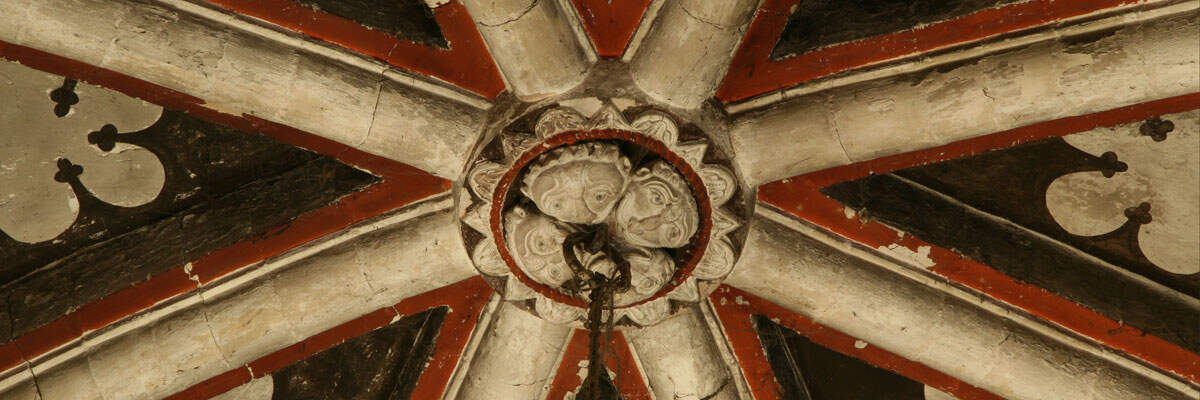According to The Domesday Survey, Hallaton with 6 carucates, had belonged to the Saxon Tochi, but by 1086 it was held by a Norman under-tenant from Geoffrey Alselin. The demense encompassed 2 ploughs and 2 serfs, 19 villeins, a socman, a freeman, and 2 bordars with 6 ploughs. Although no church is mentioned in The Domesday Survey, the parish was associated with Leeds Priory early in the 12thc. when Daniel Crevequer of Leeds (c. 1130-1177) granted the advowson of half the rectory to that Priory, which had been founded by his father Robert in 1119 (VCH, V, 1964, 121-33). The Priory appointed one rector who divided the income equally with the second rector.
The lands reverted to the king in 1155, and in 1171 King Henry II granted them to Thomas Bardolf on his marriage to Rose, the heir of Ralph Hanselin; she was probably a descendant of the family who had held Hallaton at the time of The Domesday Survey. Their son married Beatrice, the heir of William de Warenne of Wormegay. (VCH, V, 1964, 121-33)



